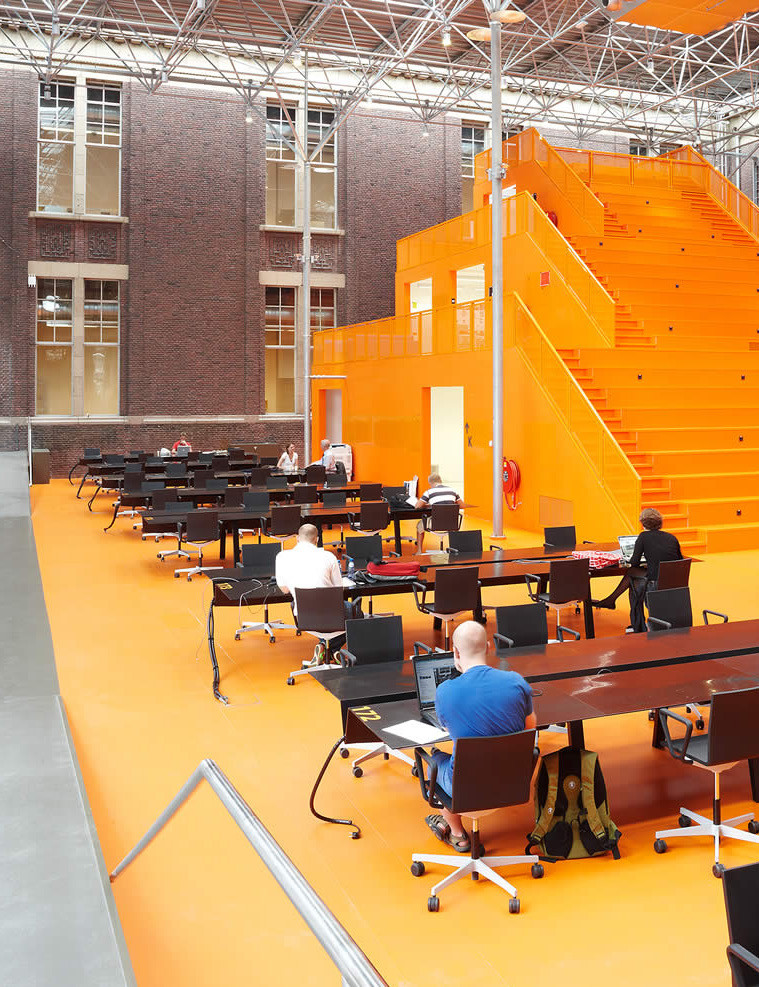Unfinished Planning
- Author
- Schreck Ákos DLA
- Supervisor
- Balázs Mihály DLA
- Year
- 2017
-
Letölthető tézisfüzet
- Download disszertáció
The dissertation examines the aspects of architectural planning through the design of workplaces. Beginning with the the user and the peculiarities of organizations, the paper searches for a design attitude and architectural principles in urban contexts and wider time horizons. In order to illustrate the theses, the dissertation demonstrates - among others - the design process of my master work, the Prezi Headquarters in Budapest.
The new attributes of work desire new settings. We are facing a total transformation. The current ways of using space can be regarded as a response to the evolution of technology and society. The computer, the most significant icon of the office of the last century, is slowly vanishing from desktops and merges into the surroundings and the user. We have arrived at a tipping point where instead of us serving the machines, automatization transforms office work into the act of connecting users and organizations. The disappearance of the computer brings humans to the centre of spaces again. We are witnessing the unfolding of an anthropocentric, activity based free network. The changes have important architectural consequences in terms of structure, flexibility, methodology and time horizon. The evolution of the office space can be a model for other fields as well, because of the consequences of the strong omnidirectional relationship between the worker, the organization and space. These tendencies can be observed in educational spaces too; furthermore, the restructuring of space usage pervades other locations of our lives as well. The reason for and the framework of the existence of a building are rooted in its relationship with the user, the context and time. The perpetually prototypic nature of architecture permits us to abandon conventional schemes and to continuously search for new typologies. Today’s designs should not be made for the static, yet short validity building programs of the 20th century. As processes become subjects of the planning, which itself is in continuous evolution, architectural research and design must work side by side. Buildings are made to satisfy the needs of people: their basic activities and feelings. The role of the architect is to establish a connection between the user and matter. The key is not technology but the atmosphere of the space, the instruments of which are those that architecture has always used. This is where we arrive at the person of the architect, who processes the ever growing amount of data; yet, creates the house instinctively. As architects, we must look forward and understand the processes in order to meet the current demand; but at the same time to create adaptive structures that can respond to future changes.
